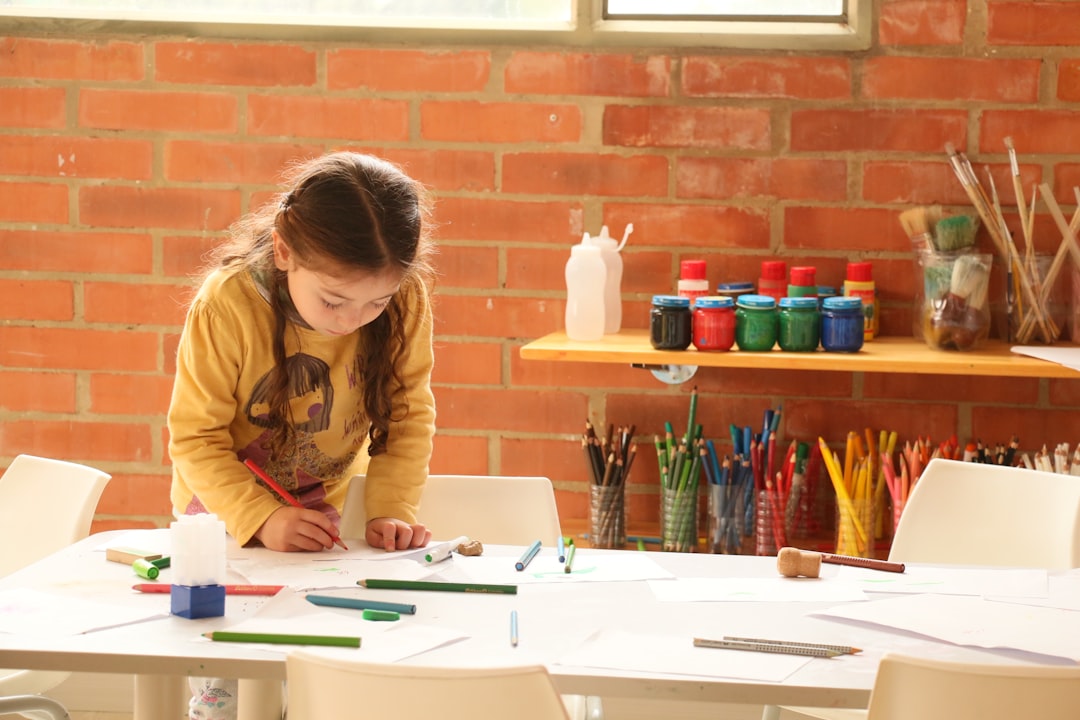The Future of Education: Trends to Watch
Education is constantly evolving, driven by advancements in technology, changes in societal needs, and a growing emphasis on personalized learning. As we look towards the future, there are several key trends that are shaping the way we teach and learn. In this blog post, we will explore some of these trends and discuss how they are impacting the future of education.
1. Personalized Learning
One of the most significant trends in education today is the shift towards personalized learning. Traditional one-size-fits-all approaches to education are being replaced with more individualized and flexible learning experiences. This trend is driven by the recognition that every student has unique strengths, interests, and learning styles. By tailoring instruction to meet the specific needs of each student, educators can help students reach their full potential.
Technology plays a crucial role in enabling personalized learning. Adaptive learning software can analyze students’ performance and provide targeted feedback and resources to help them succeed. Virtual and augmented reality can create immersive learning experiences that cater to students’ interests and preferences. As personalized learning continues to gain traction, we can expect to see more schools integrating technology into their classrooms to create more engaging and effective learning experiences.
2. Blended Learning
Blended learning, which combines traditional in-person instruction with online learning, is another trend that is reshaping education. This approach offers the best of both worlds, allowing students to benefit from the social interaction and support of a traditional classroom while also taking advantage of the flexibility and personalized pace of online learning.
Blended learning has become especially popular in higher education, where students are often balancing work, family, and other commitments. By offering online courses in addition to traditional on-campus classes, colleges and universities can provide students with greater flexibility and accessibility. As technology continues to advance, we can expect to see more schools adopting blended learning models to meet the diverse needs of today’s students.
3. Competency-Based Education
Competency-based education is an approach that focuses on mastering specific skills and competencies rather than completing a set number of credit hours. This trend is gaining momentum as employers seek workers with the skills they need to succeed in today’s rapidly changing job market.
In a competency-based education program, students progress through the curriculum at their own pace and demonstrate mastery of each competency before moving on to the next. This allows students to focus on acquiring the skills and knowledge they need to succeed in their chosen field, rather than just completing a set of courses.
4. Lifelong Learning
With the pace of technological change accelerating, lifelong learning has become essential for staying competitive in today’s job market. The days of completing a degree and entering a stable career are long gone. Today’s workers must continually update their skills and knowledge to keep up with the latest developments in their field.
As a result, we are seeing a growing emphasis on lifelong learning in education. Schools and employers are partnering to offer ongoing training and professional development opportunities to workers. Online learning platforms are also making it easier for people to access educational resources and acquire new skills at their own pace. In the future, we can expect to see more individuals embracing lifelong learning as a way to adapt to the changing demands of the workforce.
In conclusion, the future of education is bright and full of exciting possibilities. By embracing trends such as personalized learning, blended learning, competency-based education, and lifelong learning, we can create a more flexible, accessible, and effective education system that meets the diverse needs of today’s students and prepares them for success in the 21st-century workforce. As technology continues to advance and society evolves, we can expect to see even more innovative approaches to teaching and learning emerge in the years to come.








